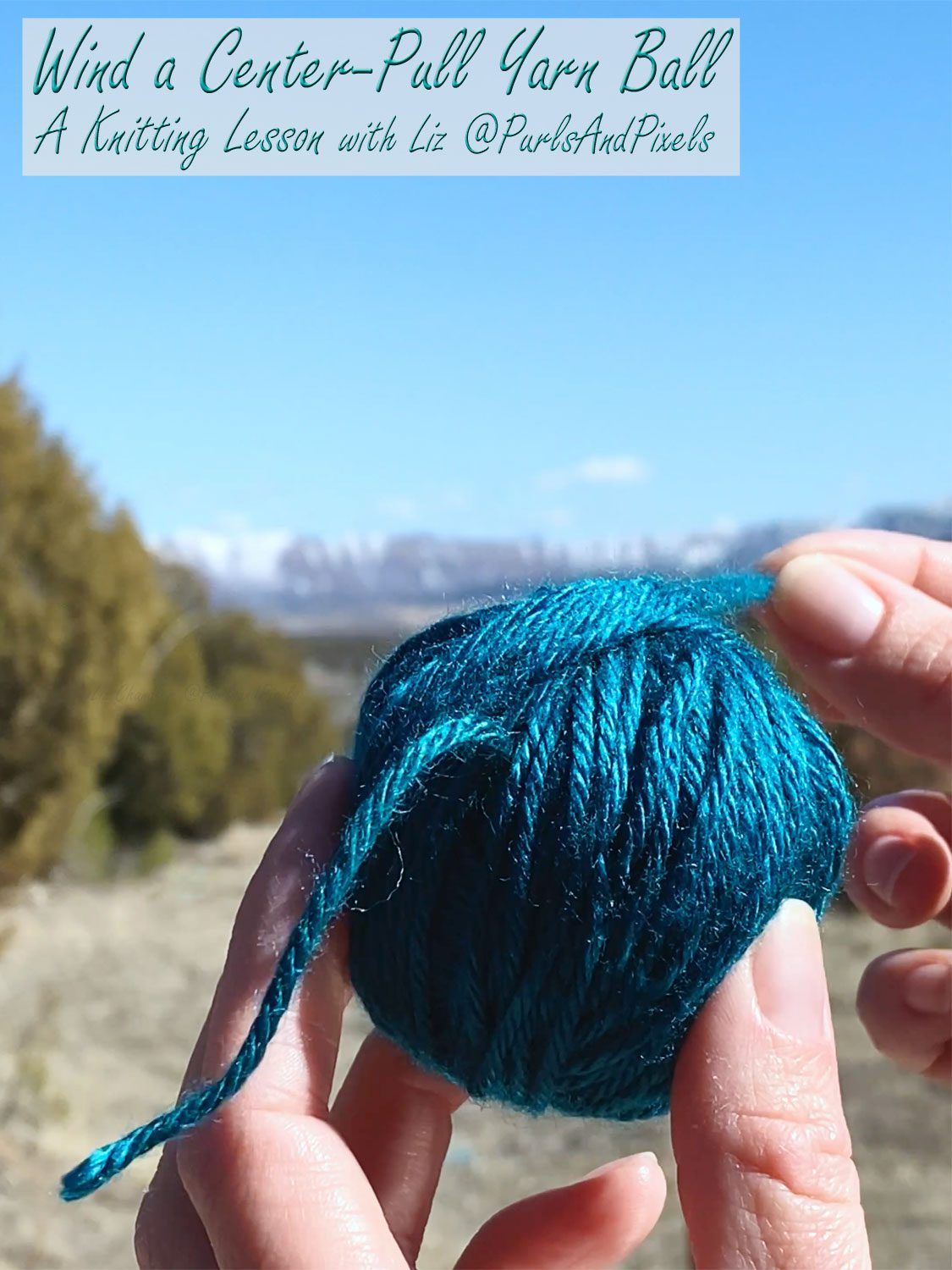Whether you have unraveled a project or just have some leftover yarn, by now you probably have some scraps that are in need of organization. Winding yarn into neat balls keeps your strings from becoming a hopeless tangled mess. While…


Whether you have unraveled a project or just have some leftover yarn, by now you probably have some scraps that are in need of organization. Winding yarn into neat balls keeps your strings from becoming a hopeless tangled mess. While…

How to calculate yarn yardage using weight A tutorial from Liz @PurlsAndPixels Trying to find out how much yarn you need for a project can sometimes feel like a guessing game. Do you have enough? There is one way to…

Simple Crochet Christmas Craft Easy Peppermint Twist Crochet Garland A Crochet Pattern Tutorial by Liz @PurlsAndPixels Need a quick and pretty garland for your Christmas tree or holiday decorations? Try my super easy DIY peppermint twist crochet garland craft tutorial. When…
You must be logged in to post a comment.